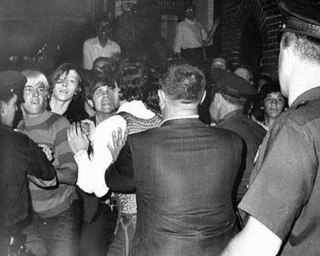
The Stonewall riots were a series of spontaneous demonstrations by members of the gay community in response to a police raid that began in the early morning hours of June 28, 1969, at the Stonewall Inn in the Greenwich Village neighborhood of Lower Manhattan in New York City. Patrons of the Stonewall, other Village lesbian and gay bars, and neighborhood street people fought back when the police became violent. The riots are widely considered the watershed event that transformed the gay liberation movement and the twentieth-century fight for LGBT rights in the United States.

A pride parade is an outdoor event celebrating lesbian, gay, bisexual, and transgender (LGBT) social and self acceptance, achievements, legal rights, and pride. The events also at times serve as demonstrations for legal rights such as same-sex marriage. Most pride events occur annually, and some take place around June to commemorate the 1969 Stonewall riots in New York City, a pivotal moment in modern LGBTQ social movements. The parades seek to create community and honor the history of the movement. In 1970, pride and protest marches were held in Chicago, Los Angeles, New York City, and San Francisco around the first anniversary of Stonewall. The events became annual and grew internationally. In 2019, New York and the world celebrated the largest international Pride celebration in history: Stonewall 50 - WorldPride NYC 2019, produced by Heritage of Pride commemorating the 50th anniversary of the Stonewall Riots, with five million attending in Manhattan alone.

The homophile movement is a collective term for the main organisations and publications supporting and representing sexual minorities in the 1950s-60s around the world. The name comes from the term homophile, which was commonly used by these organisations. At least some of these organisations are considered to have been more cautious than both earlier and later LGBT organisations; in the US, the nationwide coalition of homophile groups disbanded after older members clashed with younger members who had become more radical after the Stonewall riots of 1969.

Christopher Street Day (CSD) is an annual European LGBTQ+ celebration and demonstration held in various cities across Europe for the rights of LGBTQ+ people, and against discrimination and exclusion. It is Germany's and Switzerland's counterpart to Gay Pride or Pride Parades. Austria calls their Pride Parade Rainbow Parade. The most prominent CSD events are Berlin Pride, CSD Hamburg, CSD Cologne, Germany and Zürich in Switzerland.

The gay liberation movement is a social and political movement of the late 1960s through the mid-1980s that urged lesbians and gay men to engage in radical direct action, and to counter societal shame with gay pride. In the feminist spirit of the personal being political, the most basic form of activism was an emphasis on coming out to family, friends, and colleagues, and living life as an openly lesbian or gay person.

Franklin Edward Kameny was an American gay rights activist. He has been referred to as "one of the most significant figures" in the American gay rights movement.
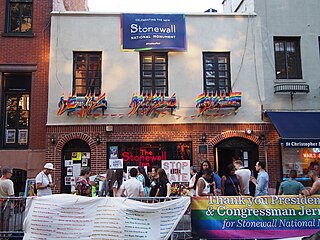
New York City Pride March is an event celebrating the LGBTQ community; it is one of the largest annual Pride marches in the world, attracting tens of thousands of participants and millions of sidewalk spectators each June. The route of the Pride march through Lower Manhattan traverses south on Fifth Avenue, through Greenwich Village, passing the Stonewall National Monument, site of the June 1969 riots that launched the modern movement for LGBTQ+ rights. The March is among the largest components of NYC Pride, together with the Rally, PrideFest, and Pride Island events. The largest NYC Pride March to date coincided with the Stonewall 50 – WorldPride NYC 2019 festivities, commemorating the 50th anniversary of the riots at the Stonewall Inn, with 150,000 participants and five million visitors to Manhattan on Pride weekend; an estimated four million attended the parade.
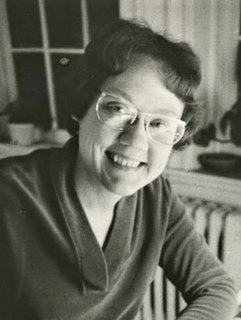
Barbara Gittings was a prominent American activist for LGBT equality. She organized the New York chapter of the Daughters of Bilitis (DOB) from 1958 to 1963, edited the national DOB magazine The Ladder from 1963 to 1966, and worked closely with Frank Kameny in the 1960s on the first picket lines that brought attention to the ban on employment of gay people by the largest employer in the US at that time: the United States government. Her early experiences with trying to learn more about lesbianism fueled her lifetime work with libraries. In the 1970s, Gittings was most involved in the American Library Association, especially its gay caucus, the first such in a professional organization, in order to promote positive literature about homosexuality in libraries. She was a part of the movement to get the American Psychiatric Association to drop homosexuality as a mental illness in 1972. Her self-described life mission was to tear away the "shroud of invisibility" related to homosexuality, which had theretofore been associated with crime and mental illness.
This is a list of notable events in the history of LGBT rights that took place in the 1960s.
LGBT movements in the United States comprise an interwoven history of lesbian, gay, bisexual, transgender and allied movements in the United States of America, beginning in the early 20th century and influential in achieving social progress for lesbian, gay, bisexual, transgender and transsexual people.
This is a list of notable events in the history of LGBT rights that took place in the 1970s.
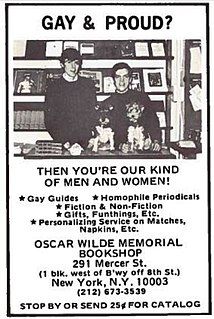
Craig L. Rodwell was an American gay rights activist known for founding the Oscar Wilde Memorial Bookshop on November 24, 1967, the first bookstore devoted to gay and lesbian authors, and as the prime mover for the creation of the New York City pride demonstration. Rodwell is considered by some to be the leading gay rights activist in the early homophile movement of the 1960s.
The North American Conference of Homophile Organizations was an umbrella organization for a number of homophile organizations. Founded in 1966, the goal of NACHO was to expand coordination among homophile organizations throughout the Americas. Homophile activists were motivated in part by an increase in mainstream media attention to gay issues. Some feared that without a centralized organization, the movement would be hijacked, in the words of founding member Foster Gunnison Jr., by "fringe elements, beatniks, and other professional non-conformists".
The Annual Reminders were a series of early pickets organized by LGBTQ organizations, held yearly from 1965 through 1969. The Reminder took place each July 4 at Independence Hall in Philadelphia and were among the earliest LGBT demonstrations in the United States. The events were designed to inform and remind the American people that LGBT people did not enjoy basic civil rights protections.

Switzerland, a country which has long held a stance of neutrality in its relations with other nations, has not been immune to the movement of equality for lesbian, gay, bisexual and transgender citizens. Prior to the 20th century, sodomy and other types of sexual intercourse between people of the same sex was held in various levels of legal contempt. Today, the modern LGBT rights movement in Switzerland is related to the larger international movement which developed largely after 1969.

For a list of LGBT New Yorkers, see List of LGBT people from New York City.
East Coast Homophile Organizations (ECHO) was established in January 1962 in Philadelphia, to facilitate cooperation between homophile organizations and outside administrations. Its formative membership included the Mattachine Society chapters in New York and Washington D.C., the Daughters of Bilitis chapter in New York, and the Janus Society in Philadelphia, which met monthly. Philadelphia was chosen to be the host city, due to its central location among all involved parties.
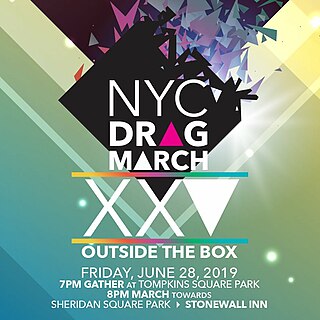
The New York City Drag March, or NYC Drag March, is an annual drag protest and visibility march taking place in June, the traditional LGBTQ pride month in New York City. Organized to coincide ahead of the NYC Pride March, both demonstrations commemorate the 1969 riots at the Stonewall Inn, widely considered the pivotal event sparking the gay liberation movement, and the modern fight for LGBT rights.
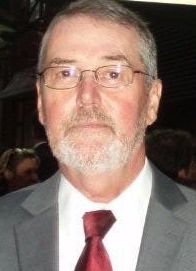
Frédéric André Sargeant is a French-American gay rights activist. He participated in each of the nights of the 1969 Stonewall riots and was one of the four co-founders of the first Gay Pride march in New York City in 1970. He was vice-chairman of the Homophile Youth Movement at the time.




















